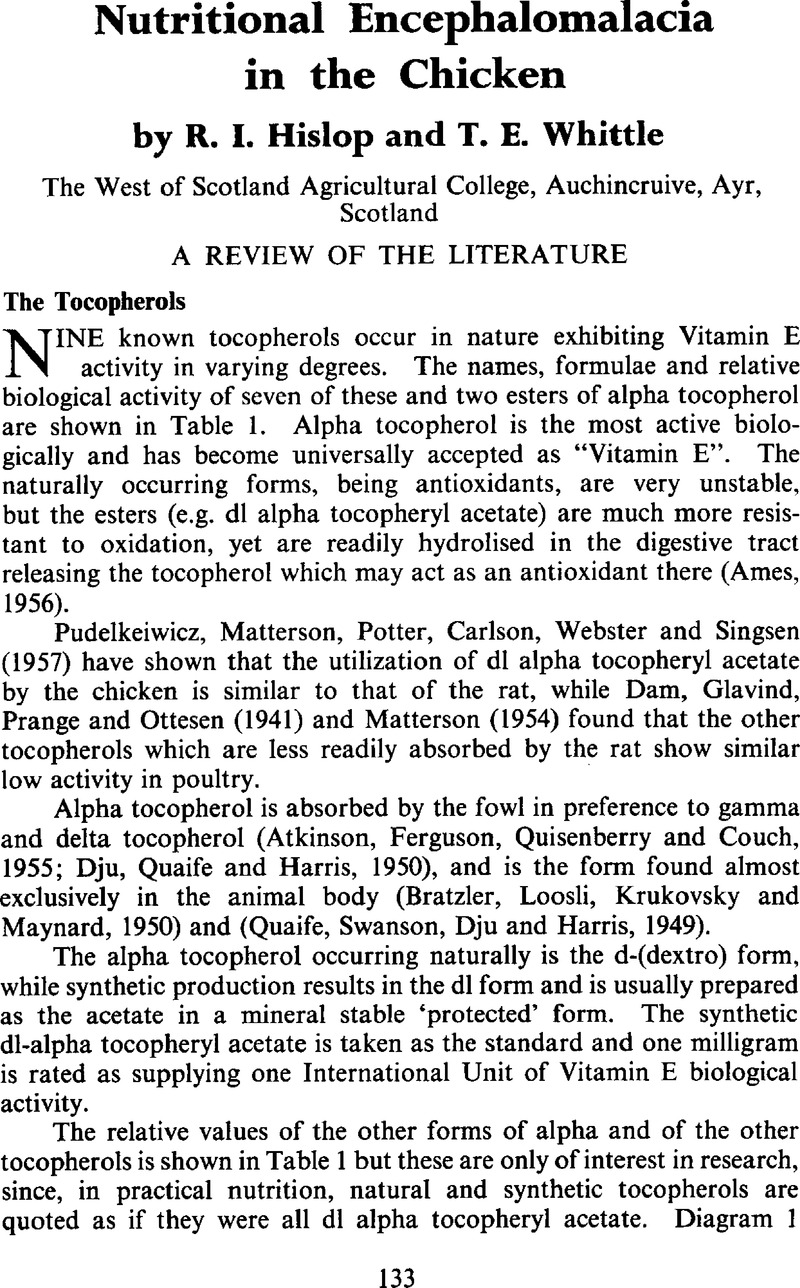Crossref Citations
This article has been cited by the following publications. This list is generated based on data provided by Crossref.
BARTOV, I.
and
BUDOWSKI, P.
1979.
Protective Effect of Nicarbazin on Nutritional Encephalopathy in Chicks.
Poultry Science,
Vol. 58,
Issue. 3,
p.
597.
BARTOV, I.
and
BORNSTEIN, S.
1980.
Susceptibility of Chicks to Nutritional Encephalopathy: Effect of Fat and α-Tocopherol Content of the Breeder Diet.
Poultry Science,
Vol. 59,
Issue. 2,
p.
264.
Marusich, W.L.
and
Bauernfeind, J.C.
1981.
Carotenoids as Colorants and Vitamin A Precursors.
p.
319.
BARTOV, IDO
BUDOWSKI, PIERRE
DROR, YOSEF
SANDBANK, URI
and
BUBIS, JOSE J.
1981.
Effect of Ozone Exposure on Growth, Nutritional Encephalopathy, and Fatty Acid Composition of Cerebellum and Lungs in the Young Chick.
Poultry Science,
Vol. 60,
Issue. 3,
p.
532.
2016.
Avian Medicine.
p.
359.
Traber, Maret G.
and
Head, Brian
2021.
Vitamin E: How much is enough, too much and why!.
Free Radical Biology and Medicine,
Vol. 177,
Issue. ,
p.
212.





